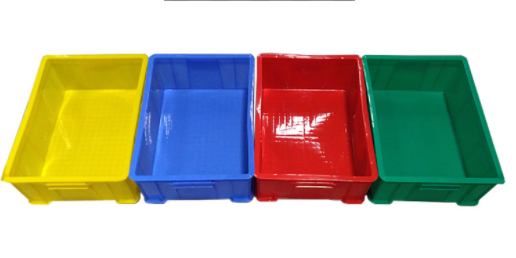Maintaining an organized classroom environment is essential for effective teaching and learning. Plastic storage bins offer teachers a versatile and practical solution to keep supplies, materials, and resources in order. In this blog post, we will explore the benefits of using plastic storage bins for classroom organization and share strategies for their effective implementation.
Supply Management: Plastic storage bins provide teachers with a dedicated space to store and organize classroom supplies such as pens, markers, notebooks, and art materials. By assigning a specific bin for each type of supply, teachers can quickly locate what they need and ensure that students have easy access to materials during lessons.
Student Personal Items: Plastic storage bins can be used to create designated spaces for students to store their personal belongings such as backpacks, lunchboxes, and coats. This not only keeps the classroom tidy but also teaches students responsibility and organization skills.
Lesson Materials: Organizing lesson materials is essential for a smooth teaching experience. Plastic storage bins can hold worksheets, textbooks, and teaching aids specific to each lesson. Using labeled bins allows teachers to quickly retrieve the necessary materials and maintain a structured curriculum.
Art and Craft Supplies: Art projects are a common part of classroom activities. Plastic storage bins are ideal for storing art supplies such as colored paper, glue, scissors, and paintbrushes. With labeled bins, students can easily find the materials they need, encouraging creativity and independence.
Classroom Libraries: Many classrooms have reading corners or libraries. Plastic storage bins can be used to categorize and store books based on genres, reading levels, or themes. This promotes a love for reading and makes it easier for students to select books that match their interests and reading abilities.
Special Needs Accommodations: Plastic storage bins can also play a role in supporting students with special needs. By using bins to organize sensory tools, communication aids, or adaptive equipment, teachers can create an inclusive environment that caters to the unique needs of each student.
Flexibility and Mobility: Plastic storage bins with handles or wheels offer the advantage of mobility. Teachers can easily transport materials between classrooms or outdoor spaces, facilitating flexible teaching methods and experiential learning.
In conclusion, plastic storage bins are valuable tools for classroom organization. By utilizing them effectively, teachers can create a well-structured and efficient learning environment that enhances both their teaching experience and students’ learning outcomes.

























